Rising Labor Costs
In the context of the Robotic Window Cleaners Market, rising labor costs are becoming a significant driver for the adoption of robotic cleaning solutions. As labor expenses continue to escalate, businesses and homeowners are increasingly seeking cost-effective alternatives to traditional cleaning methods. Robotic window cleaners offer a viable solution by reducing the need for manual labor, thereby lowering operational costs. The market data indicates that the demand for robotic cleaners is expected to increase by 20% over the next five years, as more consumers recognize the long-term savings associated with these devices. This shift towards automation reflects a broader trend in various industries, where efficiency and cost reduction are paramount.
Technological Innovations
The Robotic Window Cleaners Market is experiencing a surge in technological innovations that enhance the efficiency and effectiveness of window cleaning solutions. Advanced sensors, artificial intelligence, and machine learning algorithms are being integrated into robotic cleaners, allowing them to navigate complex environments with ease. For instance, the incorporation of smart mapping technology enables these devices to create optimal cleaning paths, reducing time and energy consumption. As of 2025, the market is projected to grow at a compound annual growth rate of approximately 15%, driven by these technological advancements. This trend not only improves user experience but also expands the potential applications of robotic window cleaners in commercial and residential settings.
Environmental Sustainability
The Robotic Window Cleaners Market is increasingly influenced by the growing emphasis on environmental sustainability. Consumers and businesses are becoming more aware of their ecological footprint and are seeking products that align with sustainable practices. Robotic window cleaners often utilize less water and energy compared to traditional cleaning methods, making them an attractive option for environmentally conscious consumers. Furthermore, many manufacturers are adopting eco-friendly materials in their products, enhancing their appeal in a market that values sustainability. As of 2025, it is estimated that the sustainable product segment within the robotic cleaning market could grow by 25%, reflecting a shift towards greener solutions.
Urbanization and High-Rise Buildings
The Robotic Window Cleaners Market is significantly impacted by the trend of urbanization and the proliferation of high-rise buildings. As urban areas expand and more skyscrapers are constructed, the demand for efficient window cleaning solutions increases. Robotic window cleaners are particularly well-suited for high-rise applications, where traditional cleaning methods can be hazardous and labor-intensive. The market is projected to see a 30% increase in demand for robotic cleaners specifically designed for high-rise buildings over the next few years. This trend underscores the necessity for innovative cleaning solutions that can address the unique challenges posed by urban environments.
Increased Focus on Safety and Hygiene
The Robotic Window Cleaners Market is witnessing an increased focus on safety and hygiene, particularly in commercial spaces. Businesses are prioritizing cleanliness to ensure a safe environment for employees and customers alike. Robotic window cleaners contribute to this effort by providing a consistent and thorough cleaning solution without the risks associated with manual cleaning, such as falls or injuries. As organizations invest in maintaining high hygiene standards, the demand for robotic cleaning solutions is likely to rise. Market analysis suggests that the hygiene-focused segment of the industry could account for up to 30% of total sales by 2026, highlighting the importance of safety in driving market growth.


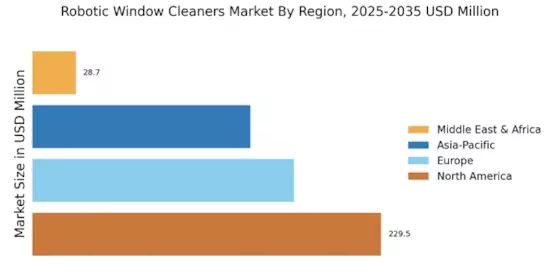
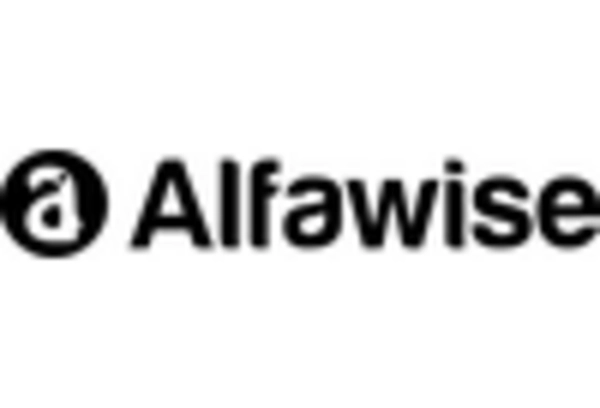
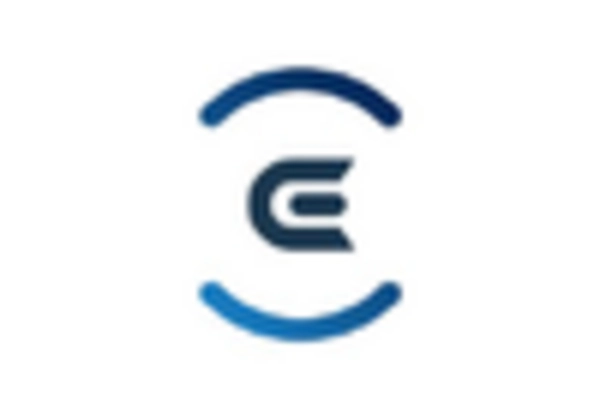
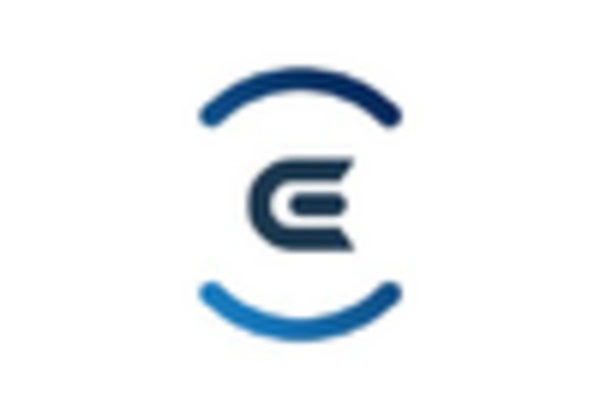
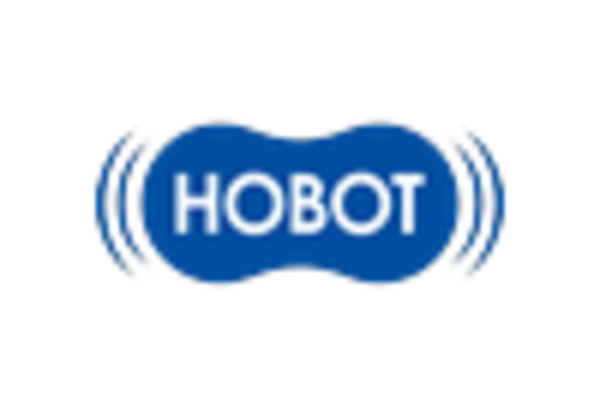
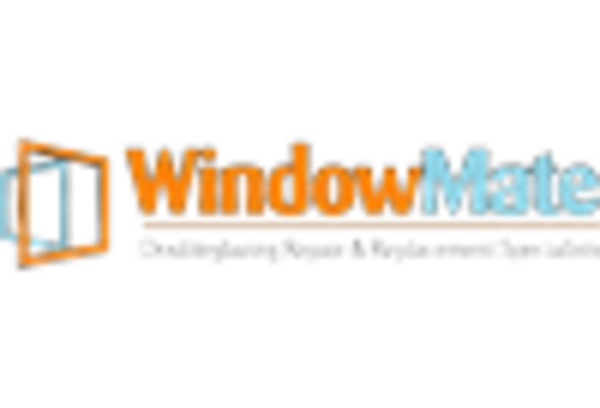
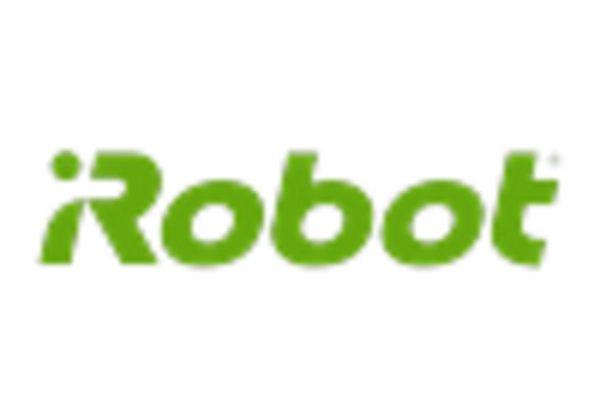








Leave a Comment